
How To Profit From Trading?
Wouldn’t it be great if you could earn a decent living through trading instead of working at your tiring and mundane 9-to-5 job? I think we both know the answer to that question.
The interstellar and sometimes harsh world of trading is my playground. Let me guide you through all the ins and outs, and if you’ve paid strong attention by the end, I guarantee you will earn a profit every time you trade.
However, being a trader today has so few prerequisites that any amateur already has a TradingView account and a trading account ready to exchange some stocks. But, before learning which platform is the best to trade, amateurs need to understand what it is and how it works.
How does trading work?
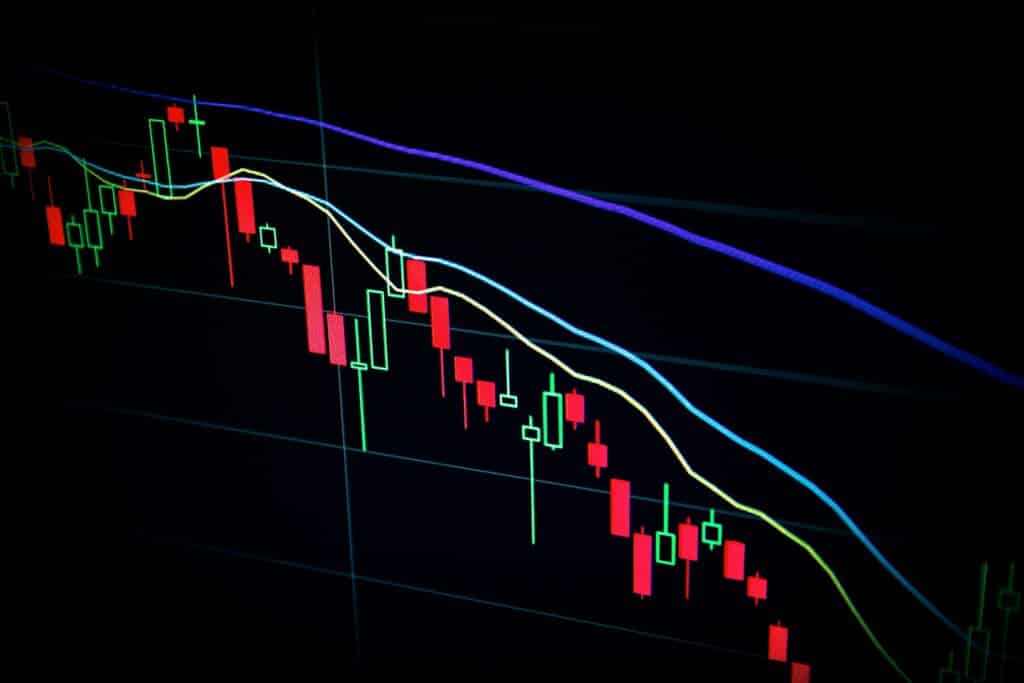
Simply speaking, trading is any activity that involves buying and selling a commodity. It is an integral part of human society without which we cannot function as a society. It can range from an interpersonal level between a group of friends trading different brands of chocolates to a multi-national level between countries trading large amounts of corn for cotton.
The principle of supply and demand governs trading. If the buyers outnumber the sellers, demand is high and the price rises. If the sellers outnumber the buyers, there is less demand for the same product, and the value decreases. Traders look for minuscule price changes in company stocks and currencies. They use several indicators to predict the uptrend or downtrend of the security and profit from that information.
Trading Vs Investing
Most people are often confused by the terms trading and investing. Investing is different because it is a long-term activity that requires a strong fundamental analysis of the company or the currency you are trying to invest in. Let’s take stocks as an example. Unlike traders, stock investors need to look at several company metrics. These metrics include profit-and-loss statements, balance sheet, Earnings Per Share (EPS), P/E ratio, track record of the CEO, etc.
I prefer trading because you can earn more profit frequently as a trader if you make the right decisions as opposed to investors. But, if you have a full-time job and can’t sacrifice any of your time to trade, investing in an accredited and stable company might be the right choice for you.
Which trading platform is the best?
In today’s world, stock and other secondary market fixed-income securities are usually traded through a brokerage account. There are several platforms that offer brokerage services. Depending on your region, the best platform may vary. But, I’ve found Fidelity and TD Ameritrade to be the consistently best internationally.
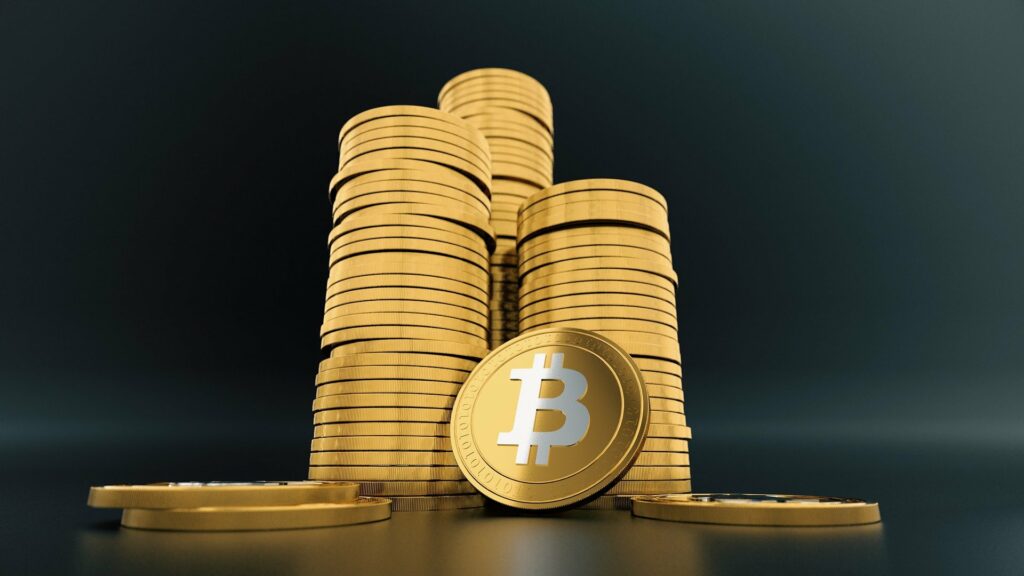
Robinhood is a famous platform for buying and selling cryptocurrency. Some of its alternatives are E*TRADE, Webull, and TradeStation.
Trading 212 offers zero commission and zero fees for withdrawal, deposit, or inactivity. It is the perfect platform if you’re a beginner trying to get into the scene.
TradingView is one of the highly recommended websites for tracking assets from stocks to cryptocurrency. It offers a powerful charting system and a wide range of markets across the globe.
Earning a Profit from Trading
According to a famous study performed by Barber, Lee, Odean, and a few others, 1% of the total intraday trader population earned distinctive profits. In this volatile climate where you constantly hear about losses from trading, can it still be profitable? The answer is yes if you follow these simple yet strict principles that are proven to work.
1) Do your homework
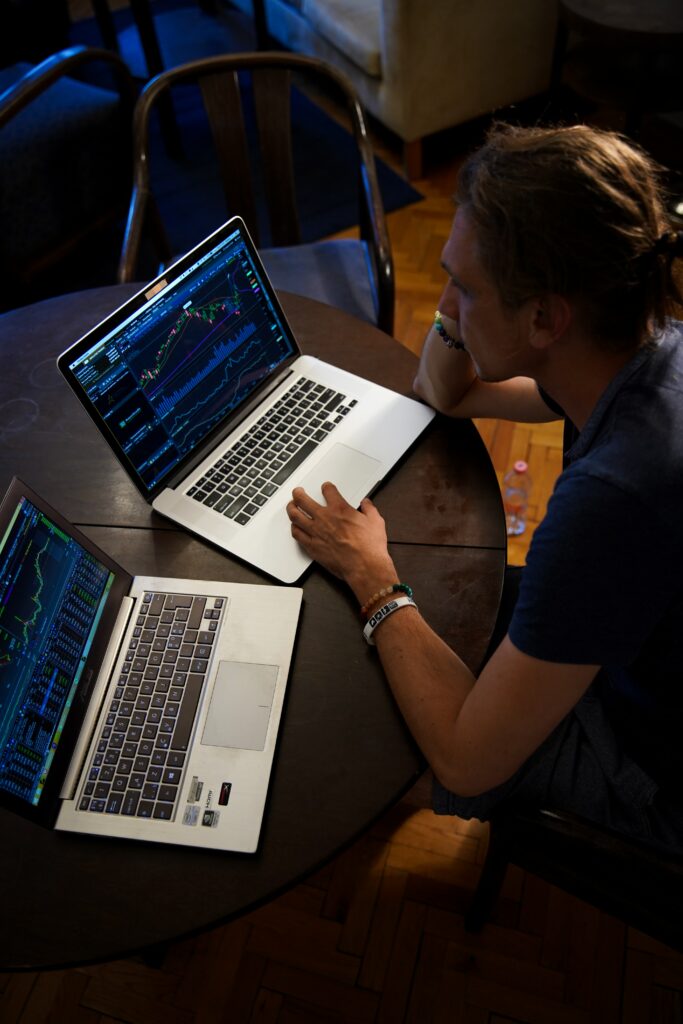
Trading is 90% getting information and 10% following through. As a trader, you need constantly be on the lookout for the latest news regarding your asset, whether it be stocks, crypto, or even NFTs. You should be informed about your selected companies, stocks, or cryptocurrency. The best way to do that is by subscribing to reliable news outlets and creating a strong connection with the community.
In addition, you should be well-informed on your techniques. For example, as a stock trader, you need to be well-versed in candlestick patterns. Crypto-traders should be familiar with the Pi Cycle Top/Bottom Indicator.
2) Go with the flow
This is a simple yet hard-to-follow rule. For most traders, it is very tempting to go against the grain and try to score a huge profit. But, the price trends usually show the reality of the market. It is too risky to go against the trend and even if it works a few times from sheer luck, it will definitely cost you a lot in the long run.
Hence, the best course of action is to acknowledge the market direction and trade accordingly.
3) Trade using logic
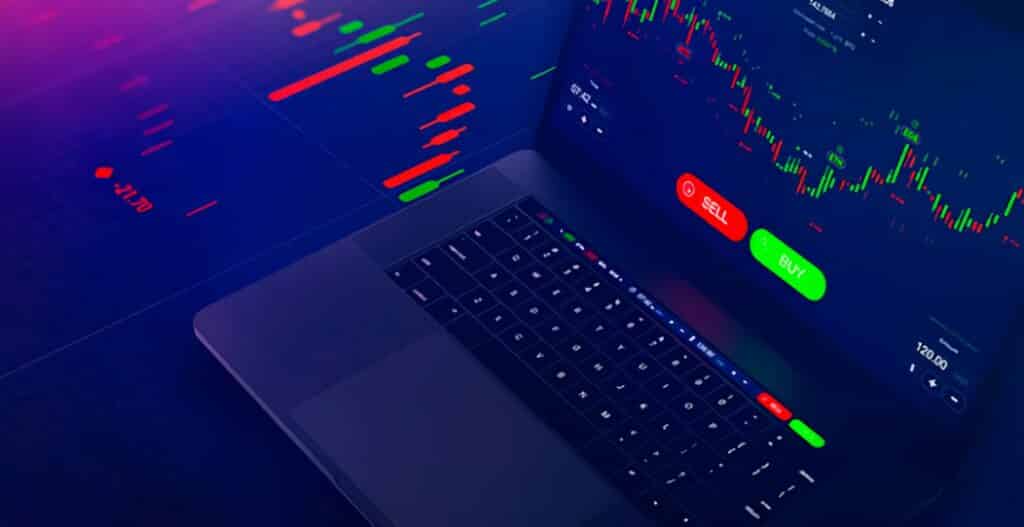
The key to becoming a successful trader is never letting emotion guide your trades. For example, no one can deny that urge to invest in a sharply falling stock, hoping it will bounce back the next day, earning you a profit. But, unless you have done a thorough fundamental analysis and are sure that the company can bounce back from the drop, you definitely should not buy in. A general rule of thumb is to buy weak stocks if the market is bearish. You should buy strong stocks if the market is bullish.
4) Set a stop loss
Whether you set up a stop-loss order with the broker or set a price on your mind, stop loss will save you from losing capital in a worst-case scenario. For example, suppose you purchased Amazon (AMZN) at $110 per share. As soon as you buy it, you also set a stop-loss order for $20. If the stock falls below $20, the shares will be sold automatically at the current market price. This prevents you from losing a lot of money in any unforeseen case.
If you’re a beginner worried about losing money during high volatility periods, using a limit order would be the wiser choice. Unlike stop-loss orders, limit orders execute at the exact time the price is met or is lower when buying. When selling, it executes at the exact time the price is met or is higher. It is also useful if you don’t have time to buy/sell the share but are happy with the allocated limit order for buying or selling.
5) Be Calm

If you’ve been in the trading scene for any amount of time, you’ll understand how testing the market can be. In these moments, it is easier to lose focus and be guided by emotion. Being able to stay calm and positive during difficult times sets apart a successful trader from the rest.
But, if you have followed all these steps and still can’t make a profit, maybe you should consider some of the following options:
A) Intraday Trading
Are you interested in the idea of researching, buying, and selling your financial instruments or cryptocurrency within the same day and earning a profit? Intraday traders take advantage of small fluctuations in price. To be a successful intraday trader, you must have a solid entry/exit strategy and be able to think quickly. It is a slippery slide and, if done incorrectly, can cause a lot of loss. 90% of day traders lose money within their first year.
However, Jesse Livermore, the famous stock trader who earned over 100 million dollars during the 1929 market crash, started as a day trader. Thousands of people earn a lot of money day trading. Putting in time, money, and effort will be required if you plan on becoming a day trader. While the profession can be profitable, it’s not for the faint of heart.
B) Trading on a Margin

Margin Trading is a type of leverage trading where you borrow from the broker and buy the asset in hopes of a greater return when selling the asset. It is a risky strategy, but if you’ve got a hold of the market’s behavior and are confident about your trade, you can get started.
You borrow money (margin) from your broker using other securities as collateral and use that money to buy a security. You’re hoping to gain a higher return.
For example, Mike has $2000 in his brokerage account. He wants to buy 200 shares of XYZ company which stands at $20 per share. For 200 shares, Mike would need an extra $2000. In this case, Mike can borrow $2000 from the broker, allowing him to buy 200 XYZ shares. Now, let’s say the company sees a rise in share price from $20 to $30 per share. That means Mike’s initial investment grew from $4000 to $6000. Now, if mike decides to sell his shares, he will need to return the $2000 he borrowed, but he can keep his gains. Had mike invested only his $2000 initially, he would only see about a $1000 profit.
C) Short Selling
Short selling is one of the most intriguing and fun strategies to earn a profit in. In short selling, the trader borrows an asset from the broker at a price that he/she believes is overvalued, sells it in the open market, and when its price decreases, the trader returns the asset to the broker at the reduced price earning them a profit.
For example, Julie shorts 0.1 BTC (Bitcoin), which, at the time of writing, costs just under $20000 and sells it in the open market. After a few weeks, Julie notices that the value of bitcoin has dropped to $10,000 for 0.1 BTC. Now, Julie pays back her due to the lender at a much lower cost of $10,000. She makes a profit of $10,000.
The risk in this situation is if the value of bitcoin skyrockets to $30,000 for 0.1 BTC. In such case, if there was a deadline, Julie would have to return $30,000 to the broker even though she bought it for $20,000, costing her a loss of $10,000.
D) Forex Trading
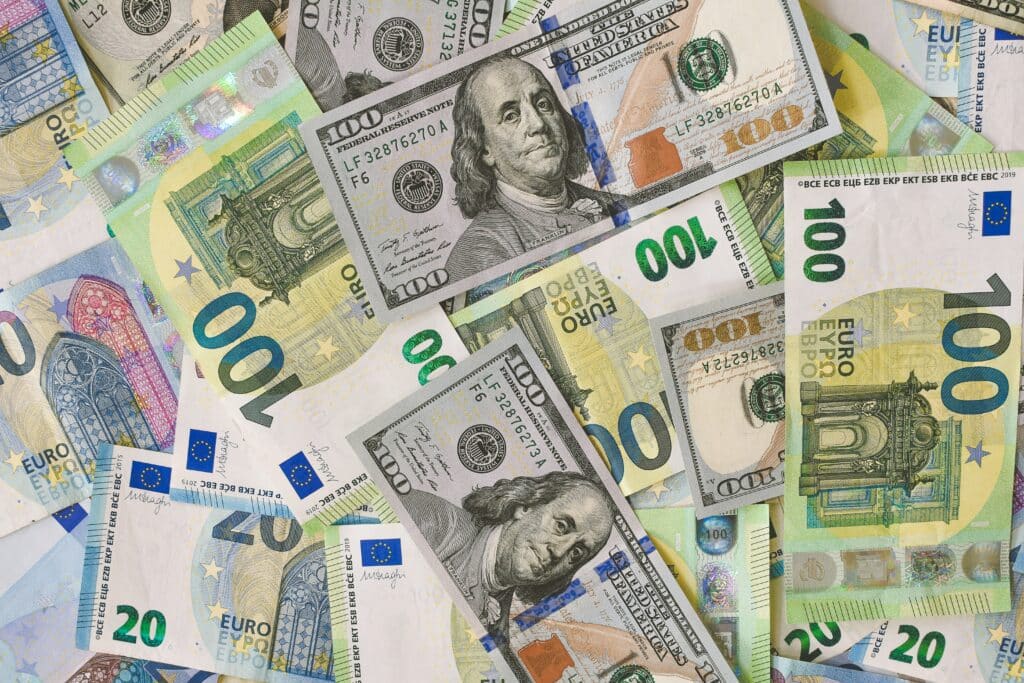
Forex Trading or Foreign Exchange Trading involves an exchange of currency from one country to the other. The forex market has the most trades of any market in the world. Similar to cryptocurrency, it has no central agency as all the trades are done digitally through computers. Forex also has the most liquid market in the world, so, trading executes quicker and with ease.
“Currency pair” is a famous terminology used in the forex trading scene made up of two currencies undergoing trading; base currency and quote currency. Base currency is the currency used as a reference, and quote currency is the currency that varies based on the base currency. Forex is a volatile market, and traders try to profit from small price fluctuations.
Responsible Trading
Trading can be an addiction to some people. Psychological factors and genetics are the main reasons why people gamble while they trade, but trading itself facilitates this unhealthy behavior. Gaining hundreds of thousands of dollars in a short period is too enticing not to try again. The brain grows reliant on this feeling, and over time the reliance increases, making people addicted.
If you ever find yourself in this situation, the main advice would be to take some time off, remove apps and websites you use to trade, and in some extreme cases, quit it permanently and seek help from a professional.
Conclusion
It is truly a blessing to be alive in an era where decentralized digital currency is possible to buy and sell within the same day. At the core, earning a profit from trading is the same as any other field; it requires a lot of hard work, motivation, and a will to keep going despite experiencing adversity.
